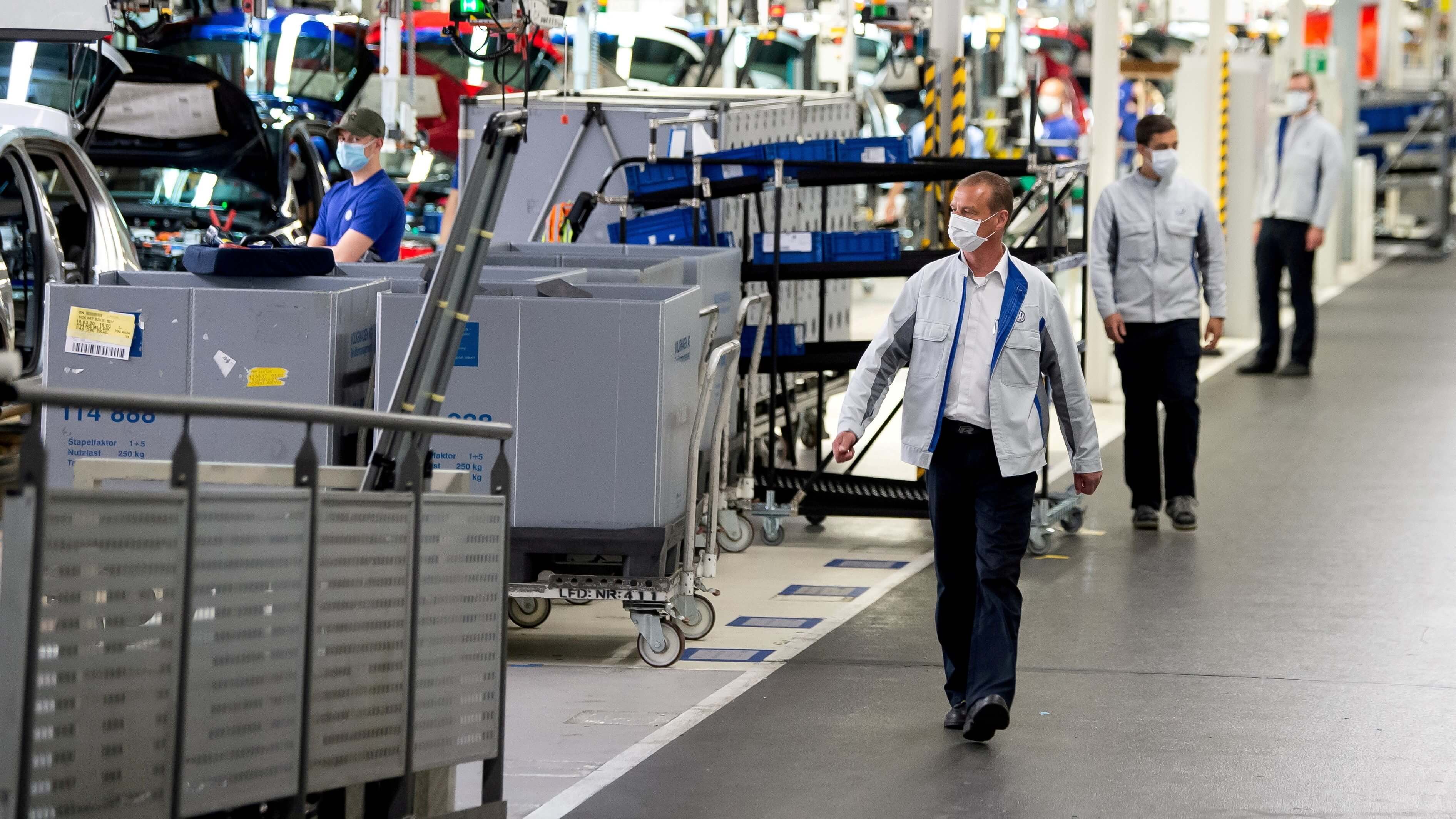
With disruptions and incidents associated with faulty equipment and other physical assets, businesses may find running a productive and profitable operation challenging. This is where maintenance management enters the picture. It refers to all processes involved in keeping a company's physical assets in good working condition. Its primary objective is to improve the assets' reliability to optimize efficiency and productivity.
As such, maintenance management indeed plays an essential role in ensuring optimal operational performance. However, for business owners who aren't familiar with how maintenance management works, learning the fundamentals of this discipline is essential before getting started.
Here's a basic guide to maintenance management for business owners.
Key Areas Of Maintenance Management
Generally, many people think that 'maintenance' is about conducting service activities to equipment and other physical assets. However, maintenance management isn't just about working with the equipment. It also involves other activities that are integrated to develop a more efficient system. This is where the critical areas of maintenance management come into play.
In order to get started, businesses should familiarize themselves with the following essential key areas of maintenance management:
- Asset Management: It involves the process of having an accurate database and conducting a full assessment of the physical assets involved to streamline maintenance activities.
- Inventory Management: It involves managing inventory, such as raw materials, spare parts, finished products, and equipment, which are required to do maintenance work.
- Maintenance Work Order Management: It involves processing work orders to have a centralized system for assigning, scheduling, and performing maintenance work tasks.
- Facility Management: It involves the process of conducting maintenance tasks for the upkeep of the company's facilities and equipment, which are essential for daily operations. These pieces of equipment can include HVAC systems, data centers, and chillers.
- Metrics And Reporting: It involves reviewing maintenance data to enhance the decision-making process and achieve transparency between the departments involved in the business operation.
Indeed, maintenance management requires different key areas to work together to develop a single solution. Fortunately, with the advent of Computerized Maintenance Management System (CMMS) platforms, critical maintenance workflows can be integrated to form a cohesive system. However, for business owners who are unfamiliar with this technology, they can view more about CMMS software online to get information.
Essential Tasks For Effective Maintenance Management
Implementing an effective maintenance management system doesn't need to be difficult as long as business owners stick with the following important tasks:
- Keep Detailed Records Of Work Orders
To properly manage a company's maintenance work tasks, keeping detailed records of orders is essential. These orders can help you organize all the maintenance jobs being and to be performed in the facilities. Also, with the information obtained from the records, businesses can effectively assess which maintenance activities are actually working and which one requires streamlining to ensure all physical assets are in good condition. Lastly, having records of work orders can help facilities determine problems with the physical assets.
- Have A Standardized Step-By-Step Maintenance Procedure
It's also essential for business owners to keep a standardized step-by-step procedure to ensure their maintenance departments' efficiency. Sometimes, the inefficiencies in the maintenance work happen due to a lack of procedures. For example, if the maintenance team in a manufacturing company performs the same activities but in a different way, the lack of standardized methods to follow might mean spending additional time for technicians to figure out how to complete the tasks and minimize operational disruption.
Thus, to implement an effective businesses' maintenance management system, they should keep a standard list of procedures to follow to make maintenance work tasks more efficient and seamless.
- Schedule Preventive Maintenance
Part of carrying out an effective maintenance management system is to schedule preventive maintenance. Regular inspections and other maintenance activities make businesses less likely to experience unexpected equipment downtime and failure. Consequently, they can increase the maintenance department's productivity.
- Conduct Regular Audits
Running regular audits is vital to ensure the whole maintenance department works efficiently. It can also help businesses keep track of the assets' maintenance history, which is essential in making sound decisions about the necessary equipment repairs and replacements.
Benefits Of Maintenance Management
Implementing a solid maintenance management system can be beneficial to businesses in the following ways:
- It's easier to control unexpected costs since a properly implemented maintenance management program can help avoid unexpected repairs and replacements.
- It can help increase asset life through preventive maintenance tasks and other related activities.
- It can help increase revenues since a maintenance management system reduces downtime and equipment failure.
HVAC systems
Be sure to include HVAC systems in the list of physical assets that need routine maintenance. Even though it's only sometimes visible to business owners, the HVAC system can cause costly problems if not regularly serviced and maintained. It is essential for businesses to keep track of the status and condition of their HVAC systems since regular attention helps reduce energy costs and improve overall air quality in the facilities. Investing in Con-form Plant Platforms allows you to clearly see the HVAC systems and access them easily for maintenance or repairs.
Final Thoughts
Maintenance indeed plays a crucial role in the success of businesses. It can help achieve or wreak havoc on a company's bottom line. Because of this, a maintenance management system must be implemented to help organizations manage their maintenance activities to ensure better operational performance and reduce potential business risks, especially those associated with the facilities.
Therefore, for business owners who want to boost their maintenance efforts, keeping the information mentioned above in mind would be best. That way, they'll get a clear idea of what they should do to develop excellent maintenance management for their organizations.
Thanks for signing up to Minutehack alerts.
Brilliant editorials heading your way soon.
Okay, Thanks!